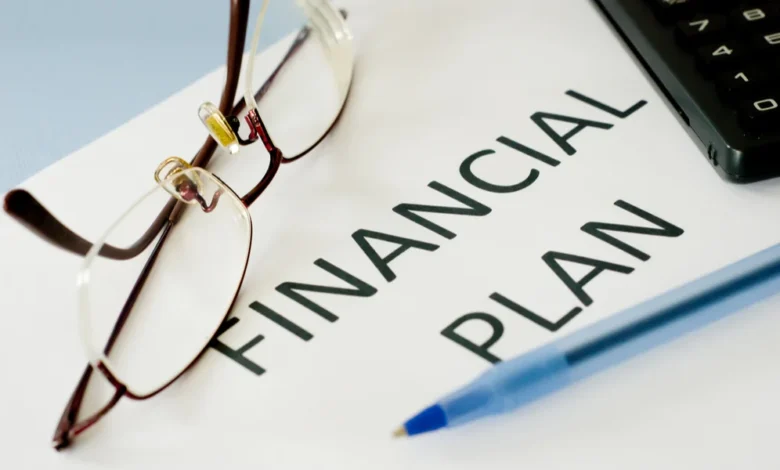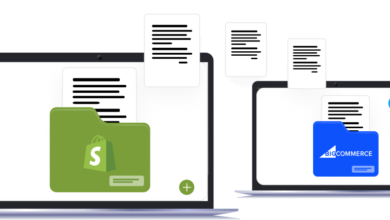How to establish a financial plan and obtain a bank loan for your project?
What exactly is a financial plan?

A financial plan is made up of 4 financial documents which are established over 36 months.
The first document is the sales forecast. It will allow you to project customer receipts via your monthly activity during these 36 months. This is very important because it shows the growth of the action. This sales forecast is constructed differently depending on the activity type and products sold. For example, a business that sells swimwear and another that sells ski goggles will have a different seasonality. The first will have high activity and the second during the winter. Depending on the category, you have to think about its projection on sales.
The second document is the cash flow statement overstatement for 36 months. For me, this is the most important because it will give you a forecast of your bank balance. You will enter all the expenses and all the receipts that you envisage. For example, if you have employees, loans, taxes, if you have to buy equipment, pay for electricity, etc. You enter everything in your forecast and thus have a projection of your bank balance at the end of the 36 months. This cash flow table allows you first to know your financing needs. If you make your forecast without borrowing, you will say at some point: “Ah, I’m at -€10,000”. That means I have to borrow money. But the forecast will also allow you to know when because you do not necessarily need to borrow the first day of the creation of your company.
The third document is the provisional income statement. This is important because you don’t have to be profitable the first year you build a business. Instead, a bank will look at your results. If the first year you are in loss, if the second year you are at zero, and if the third year you are in profit, then it is positive. The bank will ask questions if you still make losses in the 3rd year. The income statement, therefore, makes it possible to predict its result (failure or profit) at the end of each year.
The fourth document is the forecast balance sheet for the next three years. It is a purely accounting document. Simply put, a balance sheet is a summary of everything the business owns and everything the company owes. First, it will be the assets, that is, if you own a building, the value of your tools, your computer equipment, cars, machines, and the value of your stock. In return, you have the liabilities, that is to say, the money you owe the bank, the supplier debts, and everything that allowed you to finance your assets.
Why is the financial plan important when negotiating a bank loan?
These financial documents are important for the bank. They show the project’s solidity, repayment capacity, and where you are going. With 3-year forecasts, you show the bank that you have asked yourself questions, and it will allow you to challenge yourself on the figures. What is important is knowing how to justify. I always tell my clients: “We can put any number as long as there is a reason.” Above all, the banker must not have the impression that you have filled in the boxes at random. You have to be able to justify everything with a good argument.
Finally, the financial plan will give the bank the elements to grant or not your bank loan.
Do you draw up the financial plan with the project leader?
There are a lot of boxes and formulas. That’s my job. Then, the manager only fills in certain cells: sales prices, recruitments, etc. For example, he will put a sale price at €15 and directly look at the impact on his cash flow, income statement, and balance sheet. Now, he will modify his selling price to set it at €20 by indicating it in the cell, and suddenly all the tables are updated. In this way, he will be able to assess the impact of a price increase. The $5 difference can hugely impact profitability and cash flow. That is to say that at some point, instead of being at -€15,000 in cash, you can stay in the positive.
Initially, the idea is, therefore, to identify with the manager the variables on which he will need to play to make forecasts and measure the impacts. Then, I build him all the Excel tables in which he will only have to change the values of certain cells to assess the financial implications.
What is the difference between a forecast income statement and a cash flow statement?
The cash flow chart will reflect the status of your bank account. For example, in August 2023, how much will I have in my bank balance? You can see your cash flow statement to understand the projected amount. This amount is calculated according to all the data we have entered (collections, capital contributions, loans, disbursements, etc.). I do not have a crystal ball. With the formulas I have set up in the tables, you can see the amount of the forecast balance each month during the 36 months.
A profit and loss account is rather over a year. It is a table with several rows: turnover, share capital, and expenses. At the bottom, I have the sum to know if I have won more or less than what I have spent. It gives the company’s net result over the three years from the forecasts on all the expenses and the company’s receipts.
Does the income statement give you your profitability?
Not quite. Profitability is a financial ratio that lets you know if the means made available in the company are sufficient. It is equal to Net income divided by shareholders’ equity and answers the question: how much do I earn from 1€ invested in this company.
The income statement does not give you your profitability, but it will provide you with your net result at the end of the year: if the impact is positive, you make profits. If it is negative, then you make losses.
Does a company making a profit necessarily mean it has good cash flow?
No, nothing is related. For example, you can make a profit in year 2, but as you made a huge investment in year one, your cash in your bank account is negative because you owe money to the funder. On the other hand, if you make €50,000 in profits, your business is working well, and you can see it on the income statement, but you may have debts elsewhere that are weighing on your cash flow.
Conversely, you can have an ultra-positive cash flow but be at a loss. For example, when starting your activity, you took out a bank loan of €50,000. Let’s say you start at +€50,000 on your bank balance with this loan. Let’s imagine that in year one and year 2, you make losses of -€10,000 in cash per year. So in year 3, you start with a good cash flow at +€30,000, but three years ago, you had +€50,000. So you dig your cash flow, but it remains largely positive. But if you continue, then in a few years, you will go into negative.
That’s why you must follow your financial tables independently, even if everything is related to activity, forecasts, and the variables filled in. Each financial document will give important and different information on the company’s financial health. In addition, they provide you with indicators for managing your business. Click here for more info.




